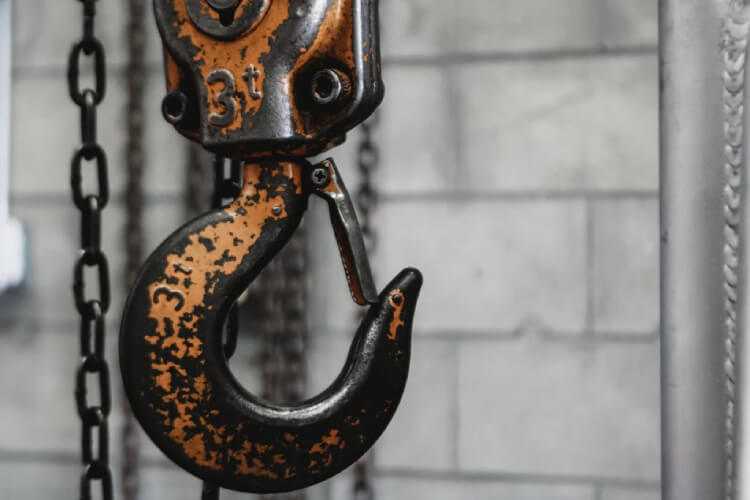
Updated 11.11.21 to reflect the changes to ASME B30.5 (2021).
The first section of this article explains the definition of qualified rigger per OSHA, as specified in 29 CFR 1926.1401, 1926.1404, and 1926.1425. These provisions became effective November 8th, 2010.
The second section of this article outlines the requirements for a qualified rigger per ASME B30.5 (2021).
OSHA Definition - 2010
This definition comes from one in a series of informational fact sheets highlighting OSHA programs, policies or standards. It does not impose any new compliance requirements.
For a comprehensive list of compliance requirements of OSHA standards or regulations, refer to Title 29 of the Code of Federal Regulations.
When is a qualified rigger required?
Employers must use qualified riggers during hoisting activities for assembly and disassembly work (1926.1404(r)(1)).
Additionally, qualified riggers are required whenever works are within the fall zone and hooking, unhooking, or guiding a load, or doing the initial connection of a load to a component or structure (1926.1425(c)).
Who can be a qualified rigger?
A qualified rigger is a rigger who meets the criteria for a qualified person.
Employers must determine whether a person is qualified to perform specific rigging tasks. Each qualified rigger may have different credential or experience.
A qualified rigger is a person that:
- Possesses a recognized degree, certificate, or professional standing, or
- Has extensive knowledge, training, and experience, and
- Can successfully demonstrate the ability to solve problems related to rigging load
The person designated as the qualified rigger must have the ability to properly rig the load for a particular job. It does not mean that a rigger must be qualified to do every type of rigging job.
Each load that requires rigging has unique properties that can range from simple to incredibly complex.
For example, a rigger may have extensive experience in rigging structural components and other equipment to support specific construction activities. Such experience may have been gained over many years.
However, this experience does not automatically qualify the rigger to rig unstable, unusually heavy, or eccentric load that may be require a tandem lift, multiple-lifts, or use of custom rigging equipment.
In essence, employers must make sure someone can do the rigging work needed for the exact type of load and lifts for a particular job. This includes being able to choose the proper equipment and rigging that will be used for that job.
ASME Definition - 2021
Redefining 'Qualified Rigger'
Changes to ASME B30.5 require at least one qualified rigger on any job where a mobile crane is used.
The designation 'qualified' can only be made by the employer and must be predicated on the successful completion of a written and practical examination.
These examinations must cover four specific rigging fundamentals.
Key Differences
This more robust definition of ‘qualified rigger’ highlights two fundamental changes to the previous understanding of riggers and their qualifications.
First, the situation in which a rigger must be qualified. A qualified rigger must now be onsite during any rigging activity with a mobile crane and regardless of industry. Although non-qualified riggers are permitted onsite, they must be supervised by a qualified rigger.
Secondly, the definition of “qualified”. Qualified riggers must now also provide evidence of satisfactory completion of a written and a practical examination. This does not necessarily need to be a formal certification.
Industry Agnostic
Crucially, the standard applies to all classifications of mobile cranes over 2,000 lbs., irrespective of industry.





